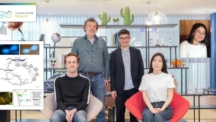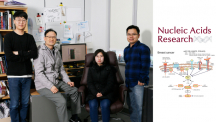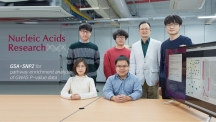Popular
-
UNIST Unveils Ultra-Low Power, Fully Biodegrad..
Dec 19, 2025 -
UNIST Unveils Ultra-Thin Materials to Boost So..
Dec 18, 2025 -
UNIST Featured in Nature Branded Content on AI..
Dec 14, 2025













![[UNIST Webinar] AI enabled Computational Imaging for Biomedical Applications](https://news.unist.ac.kr/wp-content/uploads/2022/10/Session-13.18-296x166.jpg)